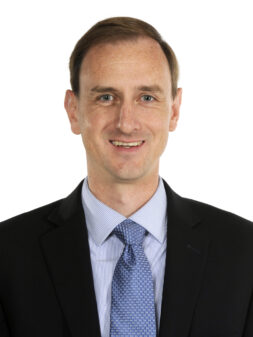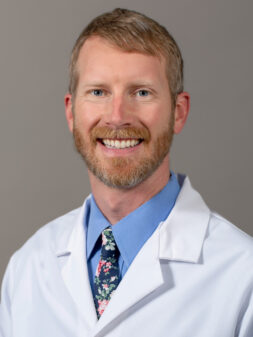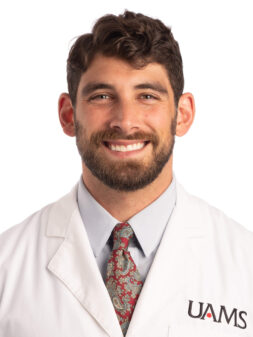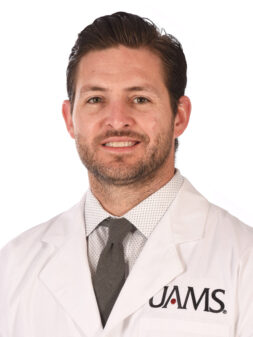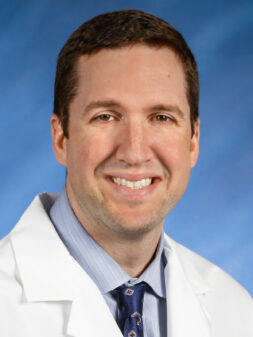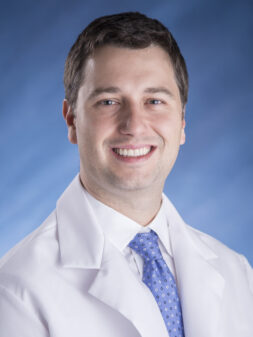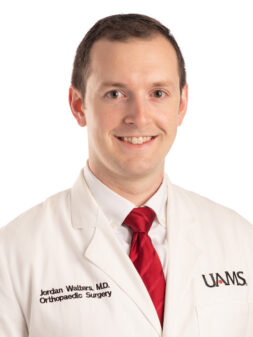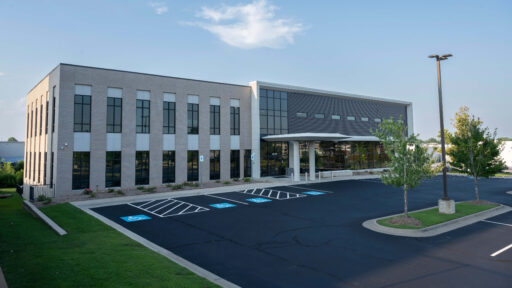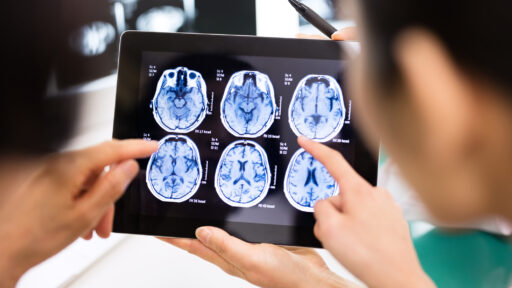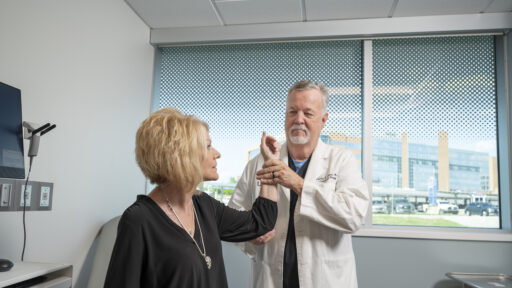Also called: Scoliosis; Kyphosis
The spine is broken down into different sections. Each section has normal contours. The spine normally curves inward slightly (lordosis) at the cervical spine, curves outward (kyphosis) in the thoracic spine, and curves inward again (lordosis) in the lumbar spine. If these normal curves are lost or exaggerated, issues with alignment can arise.
Scoliosis
Scoliosis is a curvature of the spine. Scoliosis can be congenital (present at birth), develop during adolescence (adolescent-onset idiopathic scoliosis), or develop related to arthritis in the spine over time as an adult.
- Orthotics and braces for scoliosis: Although bracing can be used in the spine for scoliosis in children, it will not correct curvatures of the adult spine. Bracing frequently for pain relief can cause an overall weakening of the spine muscles and can actually lead to more long-term pain.
Kyphosis
When the natural outward curve of the spine becomes abnormal, this is called “increased kyphosis.” It is essentially an abnormal rounding of the spine. This can range from mild and relatively asymptomatic to severe and disabling.
About These Spinal Deformities
Signs and Symptoms
- Pain and stiffness into the back and neck
- Numbness or weakness
- Shooting pain into the legs
- Inability to stand up straight
- Difficulty walking
- Balance issues resulting in falls
- Difficulty lying flat
- Changes in bowel or bladder control
Diagnostic Tests
- X-ray
- MRI
- CT with or without contrast dye
- Spine survey or EOS imaging: x-ray that can show your body’s alignment from head to toe
About Treatment
Treatments for adult spinal deformities are greatly different than those for adolescents or children. Treatment approaches will depend on your age and situation.

